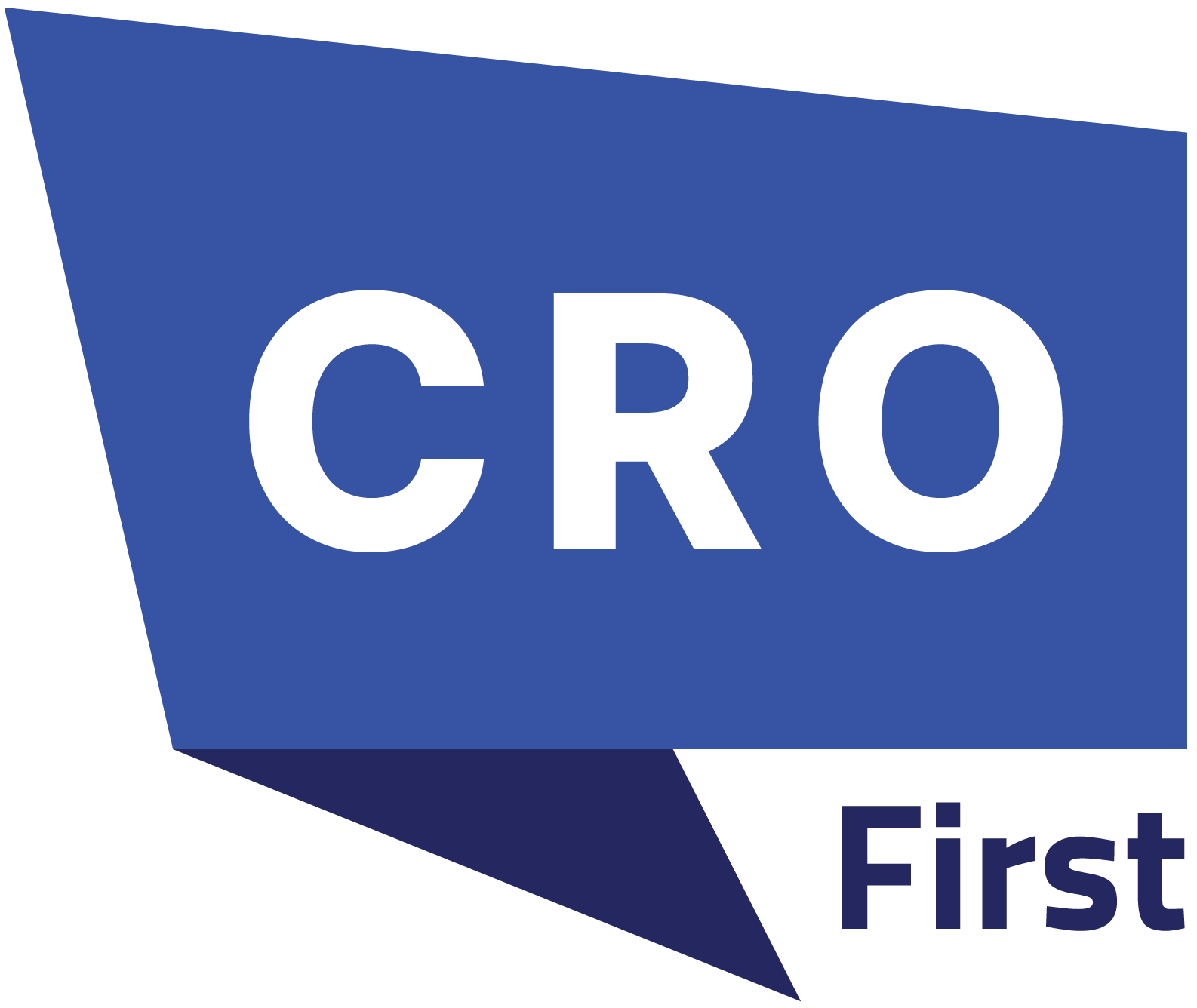The B2B landscape has changed dramatically. Gone are the days when a solid sales team and a decent website were enough to drive growth. It’s 2025, and the rules have shifted. Are you keeping up?
Today’s successful B2B companies don’t rely on just one or two revenue streams. They build robust, multi-channel revenue engines that deliver consistent results even when market conditions fluctuate.
Sound overwhelming? It doesn’t have to be.
We have analyzed the strategies of hundreds of thriving B2B companies and identified the seven most impactful revenue channels you should be building right now. Let’s dive in.
1. AI-Enhanced Sales Enablement
Traditional sales teams are being transformed by AI.
A 2024 McKinsey B2B Pulse Survey shows most B2B sellers are just starting to use generative AI. Only 21% of business leaders say their companies use it widely. Another 22% have only tested it. The most successful B2B companies of 2025 are equipping their sales teams with sophisticated AI tools that go beyond basic automation. These systems analyze prospect behavior, recommend personalized outreach strategies, and even predict which deals are most likely to close.
What the Data Shows:
- B2B companies with AI-enhanced sales teams close more deals
- Sales cycles are shortened with predictive analytics
- Customer retention improves when AI helps identify engagement opportunities
How to implement it: Start by auditing your current sales process. Where are the friction points? Which tasks consume the most time? These are prime candidates for AI enhancement.
Next, invest in tools that integrate with your existing CRM. Look for solutions that offer:
- Intent data analysis
- Predictive lead scoring
- Automated personalization
- Conversation intelligence
Remember, the goal isn’t to replace your sales team but to transform them into better performers. What could your sales reps accomplish if they could focus exclusively on relationship building while AI handled the rest?
2. Interactive Content Experiences
Blog posts and whitepapers aren’t enough anymore. Is your content actually engaging your audience?
The B2B buying journey has become increasingly self-directed. Your prospects want to interact with your content, not just consume it passively.
Interactive content experiences such as assessment tools, configurators, ROI calculators, and interactive demos are proving to be conversion powerhouses in the B2B space.
How to implement it: Start by identifying your buyers’ most pressing questions and pain points. Then create interactive tools that help them understand:
- The cost of their current challenges
- Potential solutions and their benefits
- Expected ROI from your offerings
- Customized implementation roadmaps
The key is to provide immediate value while collecting invaluable data about your prospects’ needs. This creates a win-win scenario that traditional content simply can’t match.
Have you considered how much more qualified your leads would be if they self-identified their challenges through your interactive tools before your sales team ever reached out?
3. Digital Marketplace Integration
Are you limiting your reach by relying solely on direct sales?
B2B marketplaces have evolved dramatically in recent years. Once primarily for commodity products, these platforms now facilitate complex B2B transactions across virtually every industry.
One example is Alibaba Guaranteed, launched in 2024. It offers fixed pricing, reliable shipping, and a money-back guarantee for order issues bringing consumer-grade confidence to global B2B trade. This shift shows how modern marketplaces are removing friction and increasing trust in digital procurement.
Companies that integrate with relevant digital marketplaces typically see:
- Expansion in market reach
- Reduction in customer acquisition costs
- Faster sales cycles for certain customer segments
How to implement it: Begin by researching which marketplaces your ideal customers frequent. These might include:
- Industry-specific marketplaces
- Cloud provider marketplaces (AWS, Azure, Google Cloud)
- Procurement platforms used by enterprise customers
- Vertical SaaS ecosystems with marketplace components
Develop streamlined versions of your offerings specifically for marketplace distribution. These should feature simplified pricing, clear value propositions, and smooth onboarding processes.
The goal is to create a ‘land and expand’ opportunity, letting customers discover and start using your solution through a familiar marketplace, then growing the relationship over time.
Have you identified which marketplaces could open new customer segments for your business?
Also Read: B2B Revenue Automation: What Can (and Should) Be Automated?
4. Subscription-Based Advisory Services
Product alone doesn’t cut it anymore. Are you monetizing your expertise?
The subscription economy continues to evolve, extending beyond software and into advisory services. Forward-thinking B2B companies are packaging their specialized knowledge into subscription offerings that complement their core products.
These advisory services create:
- Predictable recurring revenue
- Deeper customer relationships
- Higher switching costs and improved retention
- Valuable intelligence feedback loops
How to implement it: Identify the unique expertise within your organization that customers would value on an ongoing basis. This might include:
- Industry trend analysis
- Implementation and optimization guidance
- Benchmark data and competitive intelligence
- Regulatory compliance updates
- Strategy workshops and planning sessions
Package these as tiered subscription offerings aligned with your product tiers. Start with a small cohort of existing customers to refine your approach before scaling.
What specialized knowledge does your team possess that customers would gladly pay for on a recurring basis?
5. Partner-Enabled Revenue Networks
Are you still operating in isolation?
The most innovative B2B companies have moved beyond traditional channel partnerships to build interconnected revenue networks that multiply their reach and capabilities.
These ecosystems blend technology partners, implementation specialists, industry influencers, and complementary solution providers into a coordinated growth engine.
Benefits include:
- Access to pre-qualified customer pools
- Shared development and marketing costs
- Accelerated product adoption
- Enhanced solution credibility
How to implement it: Begin by mapping the complete customer journey for your typical buyers. Where are the gaps that partners could fill? Which adjacent solutions complement yours?
Build relationships with potential partners that share your target audience but don’t directly compete. Develop formal programs with clear benefits, enablement resources, and compensation structures.
The most successful partner ecosystems create situations where everyone wins: your company, your partners, and most importantly, your shared customers.
Could strategic partnerships help you overcome your biggest growth constraints?
6. Customer Success as a Revenue Center

Is your customer success team just preventing churn, or are they driving growth?
Leading B2B organizations are transforming customer success from a cost center focused on retention into a sophisticated revenue engine that drives expansion.
When properly equipped and incentivized, customer success teams become your most efficient source of revenue growth through:
- Expansion within existing accounts
- Cross-selling complementary solutions
- Facilitating referrals and case studies
- Identifying new use cases and buyer personas
How to implement it: First, ensure your customer success team has clear visibility into product usage patterns and outcomes achieved. They need data-driven insights to identify expansion opportunities.
Next, develop training programs that help them recognize signals of potential growth and conduct value-based conversations. Create playbooks for different expansion scenarios.
Finally, realign incentives to reward both retention and responsible growth. The emphasis should be on customer outcomes first, with expansion following naturally from demonstrated success.
What would happen if your customer success team became as effective at growing accounts as your sales team is at winning them?
7. Data-as-a-Service Offerings
Are you sitting on a goldmine of untapped data?
Many B2B companies collect valuable data through normal business operations but fail to monetize these insights. Industry leaders are creating new revenue streams by packaging anonymized, aggregated data into subscription offerings.
These data products provide:
- High-margin recurring revenue
- Increased market differentiation
- Powerful network effects
- Enhanced product stickiness
How to implement it: Start by cataloging the unique data your business collects. What insights might be valuable to your customers, partners, or even adjacent industries?
Develop a data governance framework ensuring privacy compliance and appropriate anonymization. Then create tiered access models with different levels of insights and analysis.
The most successful data offerings combine raw information with actionable intelligence and benchmarking capabilities. Customers aren’t just buying data, they’re buying outcomes and competitive advantages.
What proprietary data could you transform into a valuable market intelligence product?
Building Your Multi-Channel Revenue Engine

The most resilient B2B companies don’t rely on just one or two of these channels. They strategically implement multiple approaches, creating a diversified revenue engine that continues performing even when individual channels face headwinds.
Start by assessing your current revenue mix. Which of these seven channels are you already utilizing? Which represent the biggest immediate opportunities?
Focus on implementing one new channel per quarter, allowing time for proper integration and optimization before moving to the next. Remember that execution quality matters more than speed.
As you build each channel, pay particular attention to the connections between them. How can your interactive content feed your AI-enhanced sales process? How might marketplace customers be introduced to your advisory services?
The true power comes from integration, creating a seamless ecosystem where each channel reinforces and amplifies the others.
Your Revenue Transformation Starts Now
The B2B landscape will only grow more competitive in 2025 and beyond. The companies that thrive will be those that diversify their revenue channels while maintaining a consistent focus on customer outcomes.
Which of these seven channels represents your biggest opportunity right now? What’s holding you back from implementing it?
The most important step is the first one. Choose your initial focus area, assign clear ownership, and set measurable goals. Then execute with conviction.
Your future growth depends on the revenue channels you build today. Are you ready to get started?

